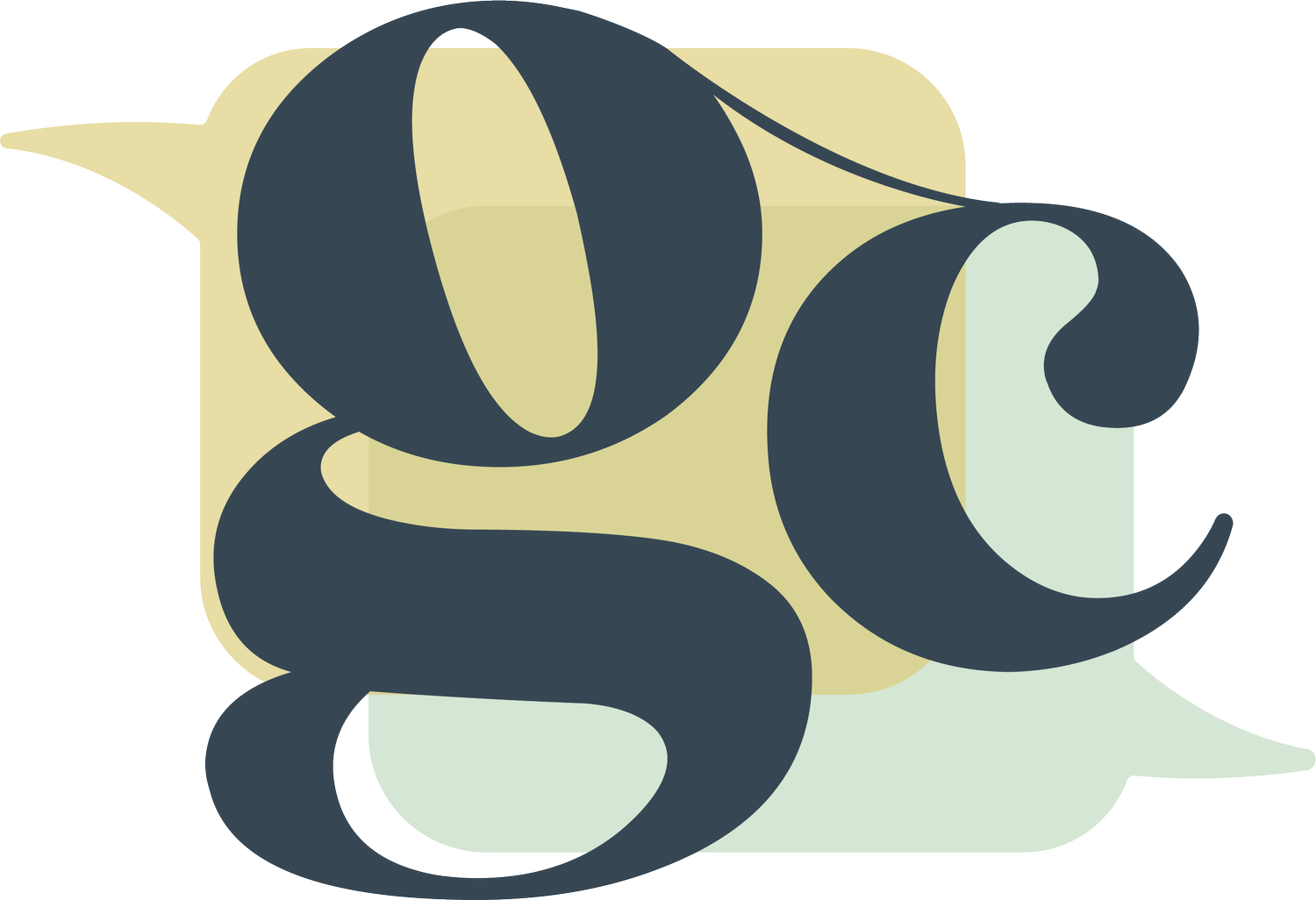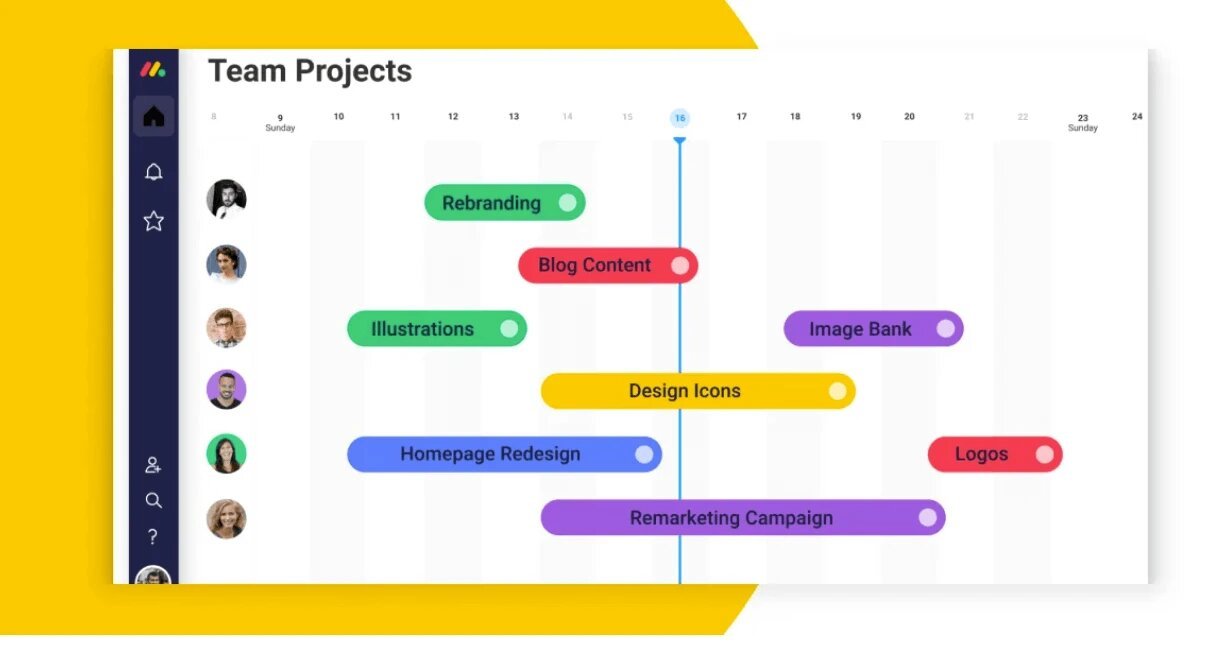9 Tips For Creating Your First Project Management Board
Embarking on a new project is both exciting and challenging, and effective project management is key to its success. A well-organized project management board serves as the nerve center, facilitating communication, tracking progress, and ensuring everyone is on the same page. In this blog post, we will explore essential tips for structuring your first project management board.
Define Your Project Scope and Objectives
Before diving into the intricacies of your project management board, it's crucial to have a clear understanding of your project's scope and objectives. Define what success looks like and establish key milestones. This clarity will guide your board's architecture, helping you determine the necessary columns, tasks, and timelines required for effective project tracking.
Start by asking questions like: What is the project's purpose? What are the deliverables? Who are the stakeholders? Having a solid grasp of these foundational elements ensures that your project management board aligns with the overarching goals of the project.
Choose the Right Project Management Tool
Selecting the right project management tool is a pivotal decision in the board architecture process. Numerous tools, such as Trello, Asana, Jira, and Monday.com, offer a range of features catering to different project management needs. Consider factors like user interface, scalability, integration capabilities, and budget when making your choice.
Moreover, the tool should align with your team's workflow and preferences. User adoption is crucial for the success of any project management board, so ensure the selected tool is intuitive and aligns with your team's working style.
Create a Comprehensive Task Structure
Once you've chosen your project management tool, the next step is to architect the task structure. Break down your project into smaller, manageable tasks or user stories. Clearly define the dependencies between tasks and establish a logical order for their completion.
Use a hierarchical structure, if applicable, with overarching project goals at the top and detailed tasks underneath. This not only provides a visual representation of the project's progression but also helps team members understand how their contributions contribute to the larger objectives.
Implement a Visual Workflow
Visualizing the workflow is essential for tracking progress and identifying bottlenecks. Most project management tools provide customizable boards with columns that represent different stages of work. Common columns include "To Do," "In Progress," "Review," and "Done."
Tailor these columns to fit your project's workflow. As tasks move through each stage, it should be easy for team members to update their status within the project management board. This visual representation fosters transparency and enables everyone to understand the project's current status at a glance.
Assign Responsibilities and Set Deadlines
Effective project management involves clearly defined responsibilities and deadlines. Assign tasks to specific team members based on their expertise and workload. Clearly communicate expectations and ensure that everyone understands their role in achieving project objectives.
Set realistic deadlines for each task and milestone. Be mindful of dependencies between tasks and adjust deadlines accordingly. This not only keeps the project on track but also prevents unnecessary bottlenecks and ensures a smooth flow of work.
Encourage Collaboration and Communication
A successful project management board should serve as a collaborative space where team members can communicate and share updates seamlessly. Leverage features within your chosen project management tool, such as comments, attachments, and mentions, to facilitate communication.
Regular check-ins and status updates are essential for keeping everyone informed and aligned. Foster a culture of open communication, where team members feel comfortable sharing progress, challenges, and insights. This collaborative approach enhances team cohesion and contributes to a more dynamic and responsive project management process.
Regularly Review and Adapt
Project management is a dynamic process, and the initial board architecture is not set in stone. Regularly review the project management board with your team to assess its effectiveness. Consider factors like task completion rates, meeting deadlines, and overall team satisfaction.
Use feedback from team members to identify areas for improvement. Are there bottlenecks in the workflow? Are certain tasks consistently delayed? Adapt the board structure and workflow based on these insights to optimize your project management process continually.
Integrate with Other Tools and Systems
In today's digital landscape, projects often involve multiple tools and systems. Ensure seamless integration between your project management tool and other essential tools your team uses, such as messaging platforms, document collaboration tools, or version control systems.
Integrations streamline workflows and reduce the need for manual data entry, minimizing the risk of errors. A well-integrated project management ecosystem enhances efficiency and allows team members to focus on their core tasks rather than navigating between disparate tools.
Provide Training and Support
Introducing a new project management tool may require some adjustment for your team. Provide training sessions to familiarize team members with the chosen tool's features and functionalities. Address any questions or concerns, and offer ongoing support as the team acclimates to the new workflow.
Investing time in training pays off in increased efficiency and user adoption. A team that feels confident and comfortable using the project management board is more likely to engage with it consistently, contributing to the overall success of the project.
Architecting your first project management board is a significant step toward ensuring the success of your project. By following these tips, you can create a structured and efficient project management process that aligns with your project's goals and keeps your team on the path to success. Remember, adaptability is key—regularly review and refine your approach based on feedback and evolving project requirements. With a well-designed project management board, you lay the foundation for a collaborative, organized, and successful project execution.
Try Monday.com For Project Management
One of the easiest project management tools to onboard your team with is Monday.com. Its intuitive and customizable interface allows you to tailor workflows to your specific needs, making it an excellent choice for teams of all sizes. With features like task tracking, progress monitoring, and automated notifications, it streamlines project management, helping your team stay organized and efficient. Monday.com's robust integrations with other popular apps also enhance productivity, making it an essential tool for enhancing teamwork and project success. To learn more about it's capabilities, schedule a free consultation call, or sign up today for your free account.
Choosing the right project management tool is a critical decision for your organization's success. By thoroughly assessing your needs, considering user-friendliness, budget, collaboration, integration capabilities, reporting, mobile accessibility, security, and support, you can make an informed choice that enhances your team's efficiency and productivity. Remember that the ideal project management tool should be tailored to your specific projects and business requirements, and it can evolve and grow with your organization as it progresses toward its goals. Learn more about transforming your operations with a seamless project management integration with Groove Consulting.
About the Author, Paris Picard
Paris started Groove Consulting after spending over 8 years working for tech startups supporting local businesses. Paris is based in Denver, Colorado and resides with her husband and dog (Margot). Her vast experience in implementing systems for various segments and verticals has enabled her to build successful GTM teams, expand businesses internationally, and run product betas, making her well-versed in the dos and don'ts of the industry. Paris is passionate about helping companies overcome challenging projects by delivering solutions that exceed expectations. Her commitment to getting things right the first time has earned her a reputation as a reliable and trustworthy partner for businesses. Click here to get a free 20-minute strategy session.





